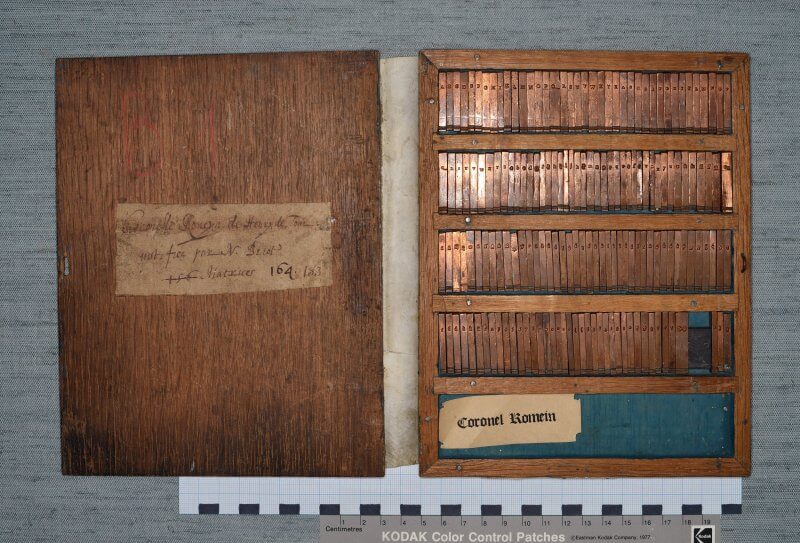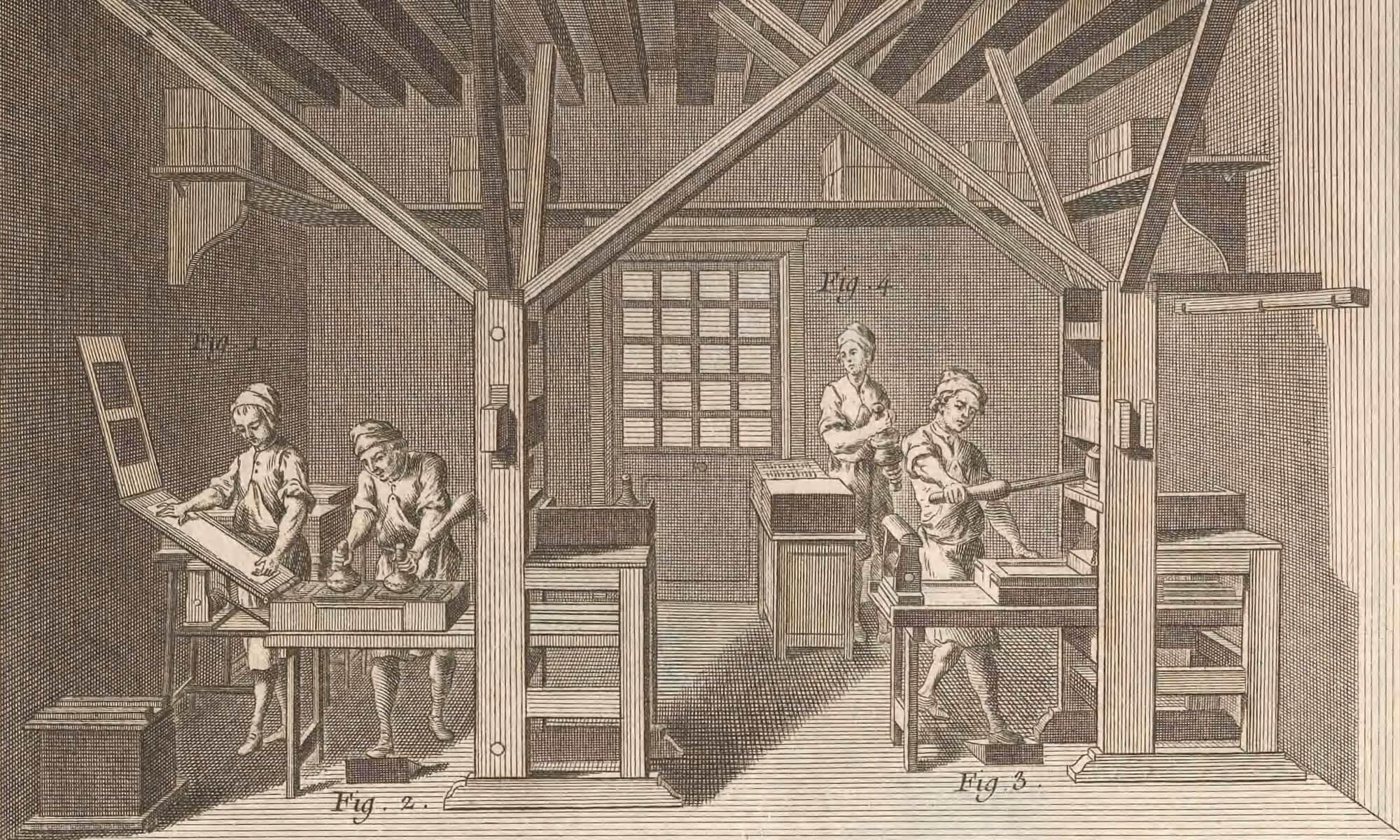Bijns, Refereyn, 1611 (A1r)
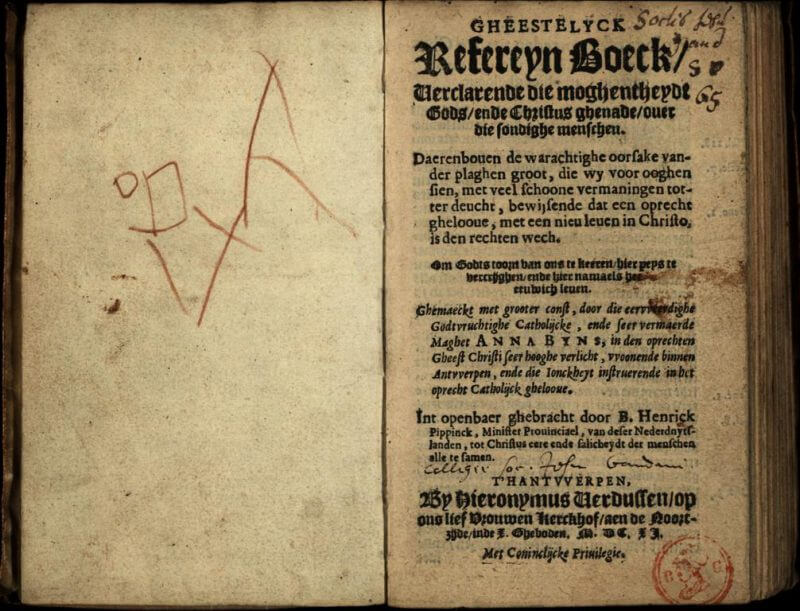
Black Bird, 1790 (p1)

Black Bird, 1790 (p8)
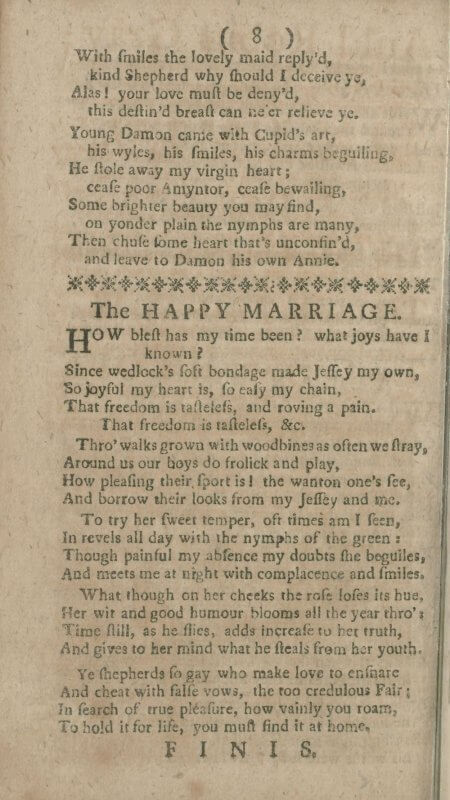
Catalogue of the Faculty of Advocates, 1742 (K1r)
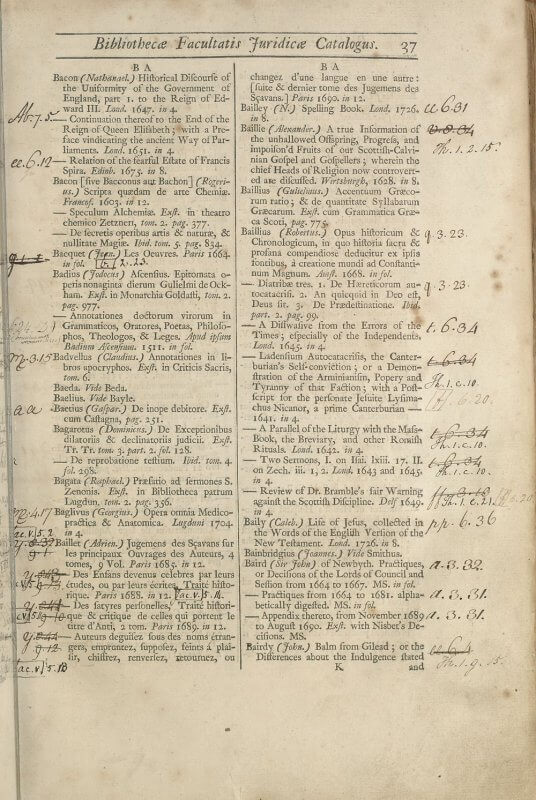
Catalogue of the Faculty of Advocates, 1742 (π1r)
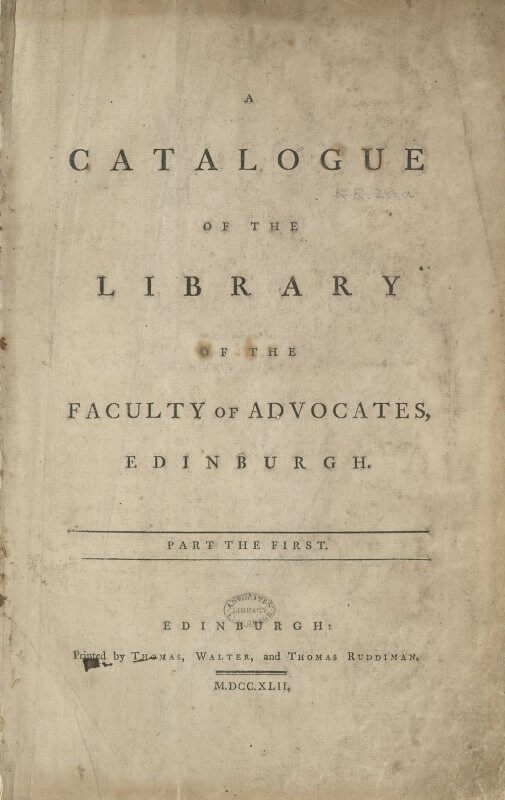
Cato, Moral distichs, 1735 (A1r)
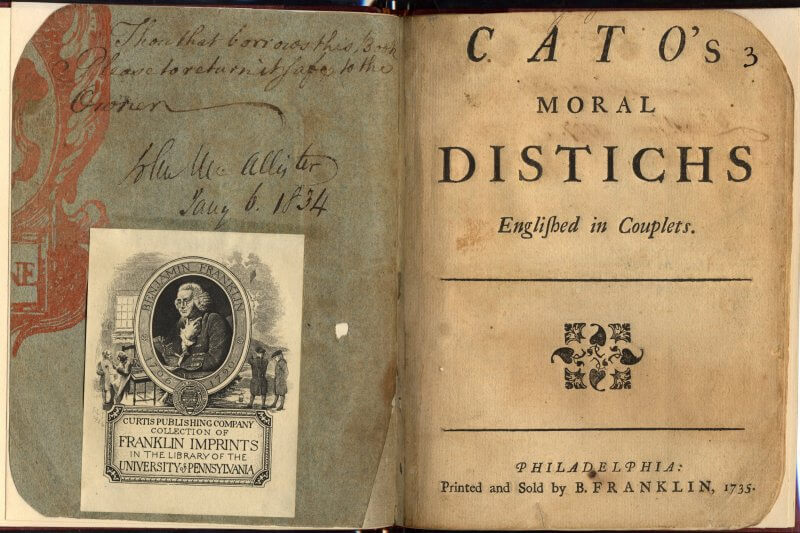
Colloques ou dialogues, 1616 (A1r)
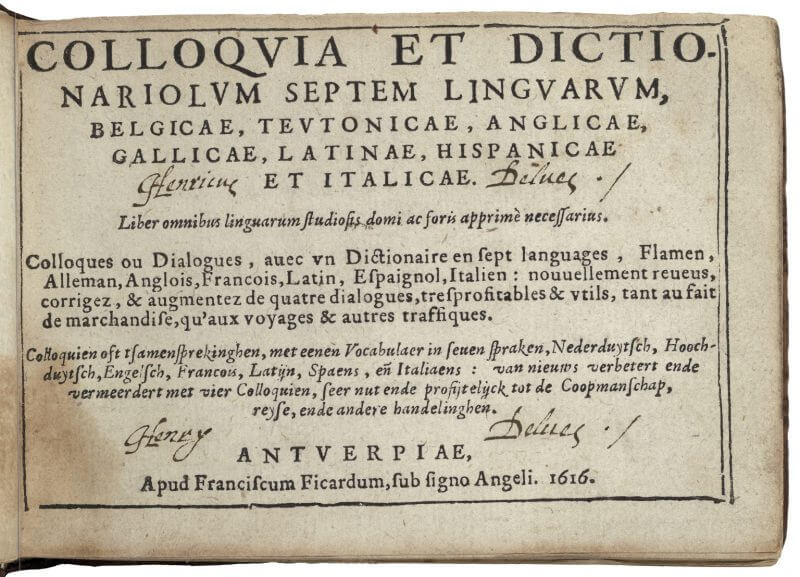
Colloques ou dialogues, 1616 (A4v-A5r)

Connecticut, Proclamation, 1783
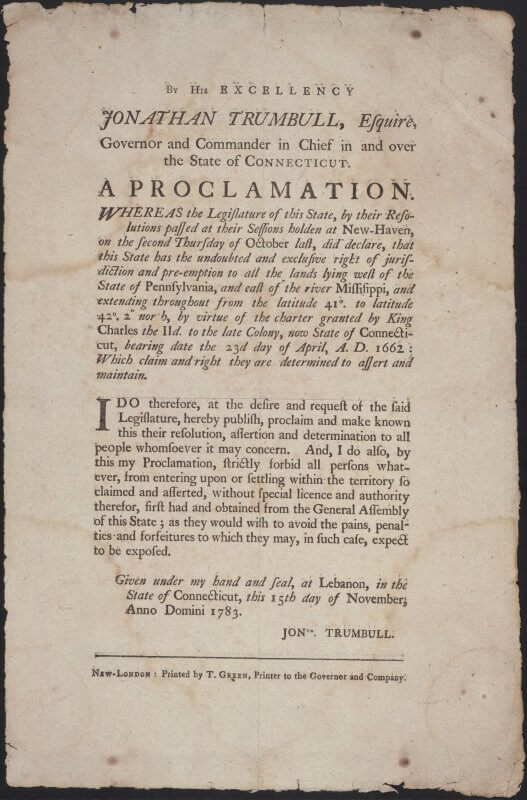
Coronelle Romaine, matrices
